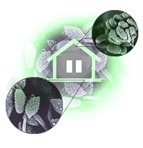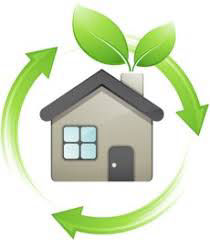AIR POLLUTION & HOUSEHOLD TOXINS
The awareness of the danger in our home environment is a recent discovery. Some of the terms that have appeared in recent literature are "household toxins" and "indoor air pollution" and "sick building syndrome".
Residential ventilation may be a foreign subject for most people but the reference to and concern for this issue by the following agencies shows how prevalent this issue has become:
Pollution Probe (pic) pollution.jpg
Healthy Indoors (A new Government of Canada Research and Awareness Project)
Health Canada - Its Your Health - Disease Environment - Indoor air
Central Mortgage and Housing Corporation (CMHC)
American Medical Association (AMA)
Environmental Protection Association (EPA)
CBC -Market Place - David Susuki - The Toxic House
All these sources indicate that most homes have airborne concentrations of hazardous substances that are two to five times higher indoors than outdoors.
CFTO News announced a research project on Life Line in the spring of 2002 that indicated the cancer rate for women who work at home or are home makers is over 50% higher than for women who go out to work and indoor air pollution and chemical concentrations in our homes is a major contributor.
Did you know that the air in your home can actually be more toxic than the air outside. Other research has shown the readings of air pollution in an industrial city doesn't even come close to the contaminants and stale air in our homes.
The quality of our indoor air is affected by more than just environmental toxins and household chemicals. The need for energy conservation with air tight houses prevents fresh air from regularly entering the house in a natural way. The moisture and stale air in an energy efficient home causes several hazards including condensation that can contribute to mold one of the major causes of respiratory problems.


